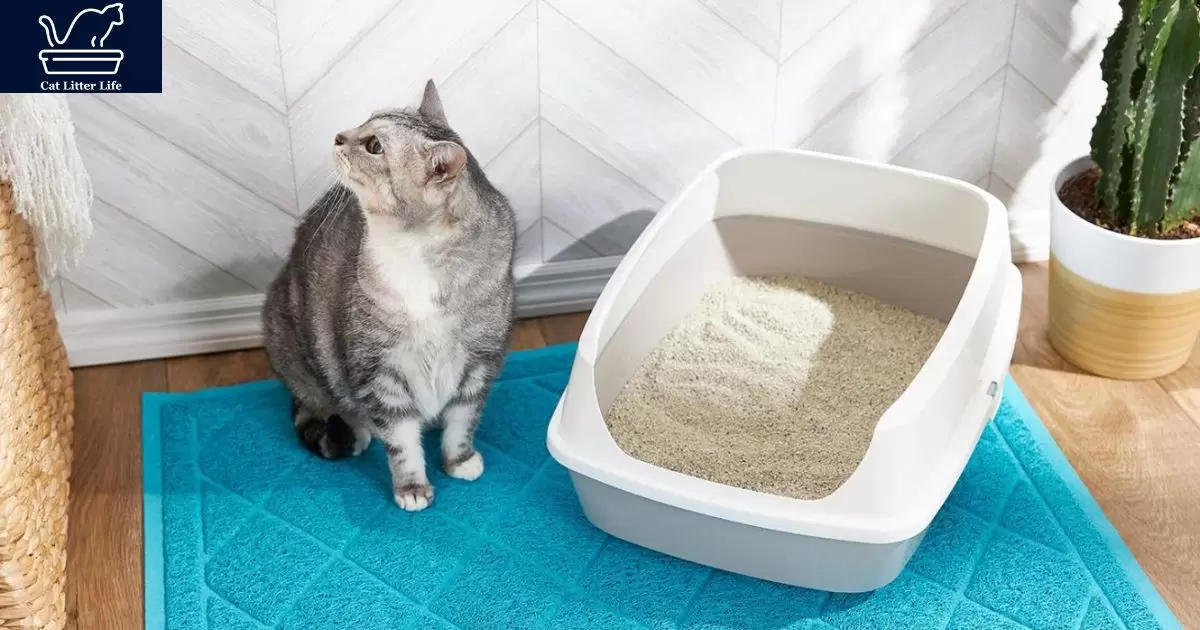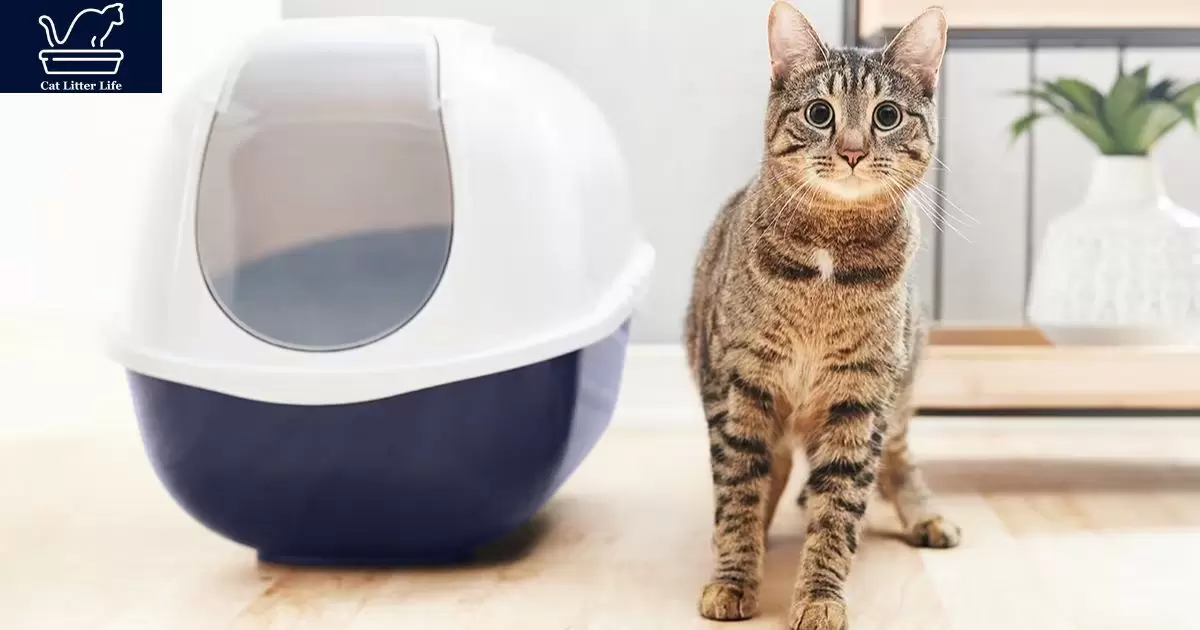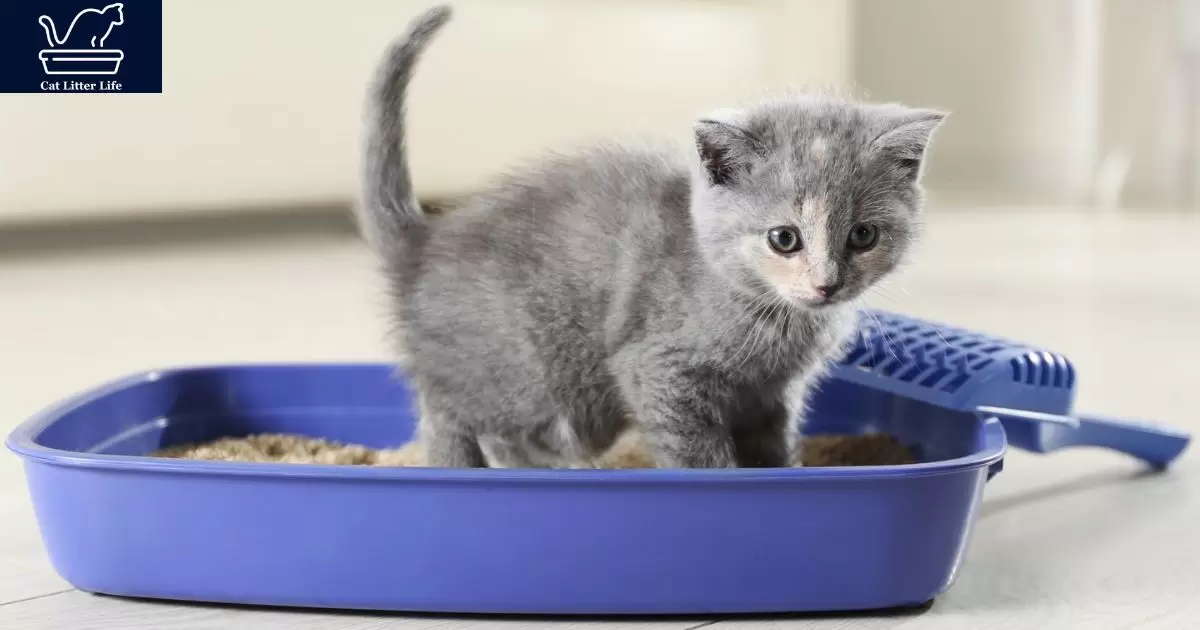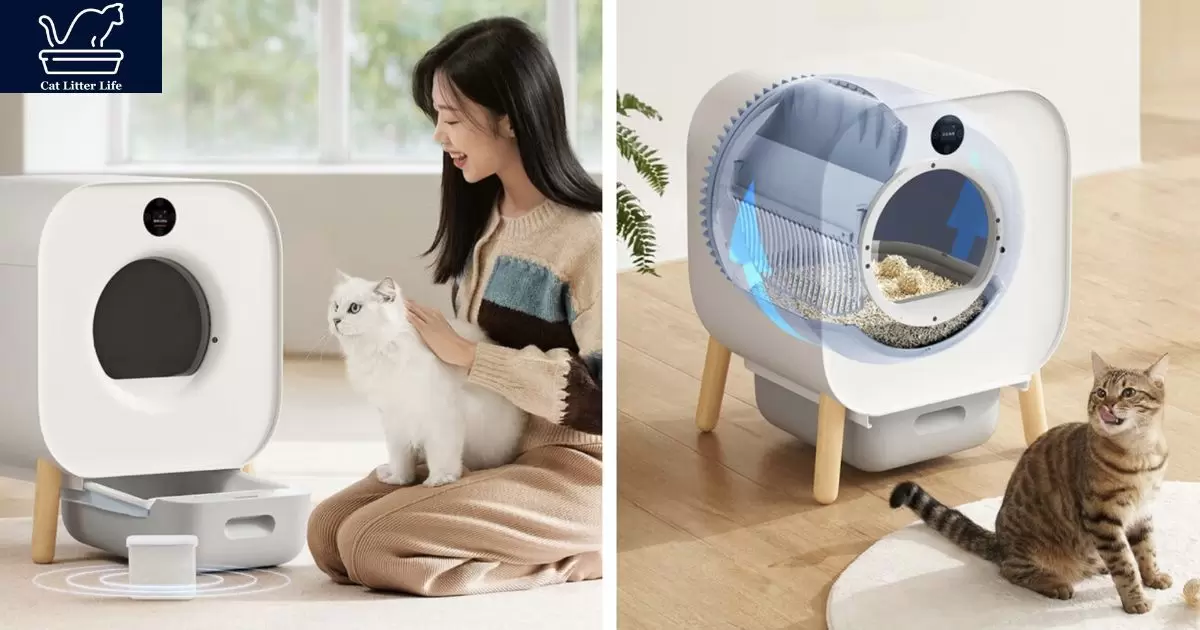When cats forestall the usage of the muddle field it’s miles referred to as muddle field avoidance. This happens while cats begin urinating or defecating outside the box. It is a common problem that stresses cat owners. Learning the purpose is the first step to fixing it.
Why would my cat stop using the litter box? Cat parents often ask this. When a cat stops using its box it’s worrying. Looking at medical and behavioral causes can help. With care and patience, this solvable issue can be corrected. Don’t lose hope.
Cats love routines. Suddenly not using the litter box signals trouble. Medical issues like infections, arthritis or stomach problems can cause this. Stress, anxiety, disliking litter, or territory disputes may also be to blame. Finding the trigger is key to getting back to regular litter box use.
Key Takeaways
- Medical issues like UTIs could cause litter box problems
- Ensure the litter box setup meets your cat’s needs
- Identify and reduce environmental stressors
- Introduce new cats slowly
- Change litters gradually
- Use attractants and limit access
- Seek vet help if it persists over 1 month
Getting your cat to consistently use the multi-cat litter in the litter box again in the proper location will not only resolve the house soiling issue but also provide great relief to both you and your cat. With the right approach tailored to your specific situation, your cat’s litter box avoidance can become a thing of the past.
Common Reasons of My Cats Stop Using the Litter Box
There are numerous main motives why cats stop using the litter box:
Medical Issues
Medical situations like urinary tract infections, kidney disease, diabetes, or hyperthyroidism can cause increased urination, pain, or problems controlling urination. Cats may partner the ache or pain with the clutter field and begin warding off it. Any surprising litter box avoidance warrants a vet visit to rule out clinical causes.
Aversion to Litter Box Location or Setup
Cats can develop an aversion to the region or set up in the clutter field that causes them to stop using it. Common reasons include:
- Box in a noisy, high-traffic, or uncomfortable location
- The litter box too small for the cat
- The litter box is not cleaned frequently enough
- Negative association with ambush by another pet or child
- Aging or arthritic cats having difficulty accessing the box
- The litter box moved to an undesirable or unfamiliar spot
Stress and Anxiety
Stress from adjustments inside the home environment, new pets, visitors, or loud noises can cause cats to forestall the use of their litter container. The clutter container avoidance is a manifestation of the cat’s pressure and anxiety. Identifying and addressing the source of strain is fundamental.
Marking Behavior
Urine marking is when a cat sprays urine on vertical surfaces to mark their territory. It most usually occurs whilst a brand new cat is brought to the house. The cat is signaling its presence and claiming territory. Spraying is different from inadequate litter box use.
Substrate Preferences
Some cats, especially kittens, and elderly cats, develop strong preferences for a particular litter material or depth. An abrupt switch to a new litter, improper litter depth, or scent can cause litter box avoidance. Offering multiple boxes with different litters can help identify preferences.
Getting Your Cat Using the Litter Box Again
Once you identify the probable cause of your cat’s litter box avoidance, take targeted steps to resolve the issue:
Address Any Medical Issues
If you note that your cat has suddenly stopped using the muddle field, it is vital to take swift motion. Begin with the aid of scheduling a vet appointment for a radical exam and diagnostics to uncover any potential underlying medical conditions inflicting this conduct. My cat stopped using the litter box medical issues must be properly addressed and treated to effectively resolve the problem.
Modify the Litter Box Setup
If the setup is the culprit, modify the litter box location and style to make it more accessible and comfortable. Add more boxes in quiet locations, try different litters, add ramps for arthritic cats, and keep boxes very clean.
Reduce Stress Triggers
Deal with any environmental stressors in your cat’s life through strategies like restricting noise, providing cat trees and perches to escape, using calming pheromone diffusers, and allowing for plenty of playtime. Keep litter boxes in quiet, low-traffic areas.
Introduce New Cats Slowly
When introducing a new cat, do it gradually over a couple of weeks so existing cats have time to adjust. Provide one more litter box than the number of cats, place boxes in multiple locations, and give cats time apart in rotations.
Switch Litter Brands Gradually
When transitioning to a new litter, mix in increasing amounts of the new litter over 10 days. Abrupt changes can lead to avoidance. If you notice signs like “my cat stop using the litter box,” it might indicate a need for adjustment. Offer different litters side-by-side and let your cat choose.
Use Litter Attractants
Try commercially available litter box attractant sprays or powders designed to entice a cat back to the litter box through scent and texture cues. Place them around and in the litter box.
Limit Access
If my cat stops using the litter box, it’s essential to address the underlying cause. If avoidance is due to marking or substrate preference, limit access to problem areas and provide appealing litter box options. Use pet gates, close doors, and vicinity clutter packing containers in inaccessible areas. Additionally, study your cat’s conduct carefully and discuss with a veterinarian if necessary. Understanding why my cat forestalls the use of the clutter container is important for finding the proper answer.
When to Seek Help for Litter Box Problems
Consult your veterinarian if the problem persists after addressing possible medical issues and modifying the litter box setup. They can refer you to a veterinary behaviorist who can assess the underlying motivation and customize a behavior modification plan. Some key indicators professional help is needed:
- It has been going on for over 1 month
- Cat is eliminated in multiple locations
- Cat also has other behavioral issues like aggression
- Litter box problems started suddenly in an older cat
- The cat goes outdoors and soils around the house
With patience, vigilance, and a watchful eye on your cat, litter box problems can often be resolved. Consistency is fundamental whilst enforcing any conduct change strategies to re-set up suitable litter box habits.
FAQ’s
What causes a cat to urinate out of doors in their clutter box?
Medical issues, aversion to the box, stress, marking behavior, or substrate preferences.
My cat pees right beside the litter box now, why?
They likely have developed an aversion to the litter box’s location, setup, or litter material.
Why did my cat start peeing on walls and furniture?
Spraying on vertical surfaces is territorial marking typically triggered by stress or a new cat in the home.
Why did my senior cat forestall the usage of her litter field?
Older cats may also stop the use of the box because of arthritis, soreness, or new litter choices.
I added a new litter box but my cat avoids it, tips?
Try different litters in the new box, use attractants, place them near favored spots, and limit access to problem areas.
Conclusion
A cat not using their litter box can be frustrating. But there are reasons behind the behavior like medical problems, aversions, stress, marking, or litter preferences. Start by taking them to the vet and modifying the litter setup. Reduce stressors, transition litters gradually, and use attractants. With patience in identifying the cause and making targeted changes, litter box problems can be fixed.
Getting your cat to reliably use their litter box properly again takes diligence, especially when transitioning to a new litter. But it provides relief to you both. Stay observant and seek veterinary guidance if my cat stops using the litter box. With the right approach, your cat’s undesirable litter box habits can be remedied.











